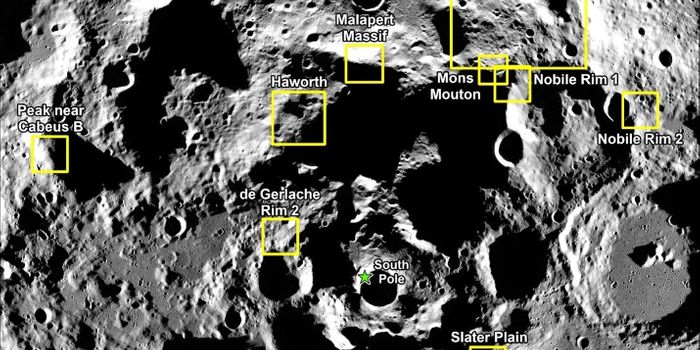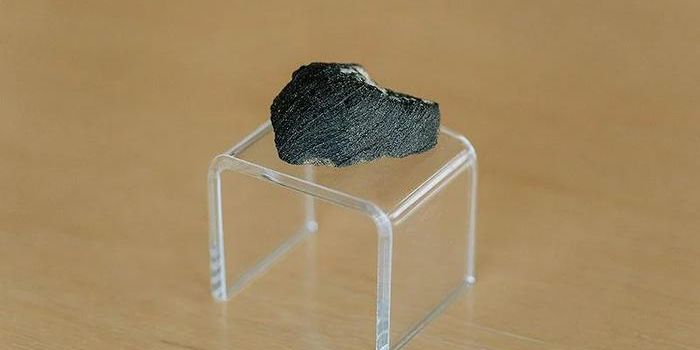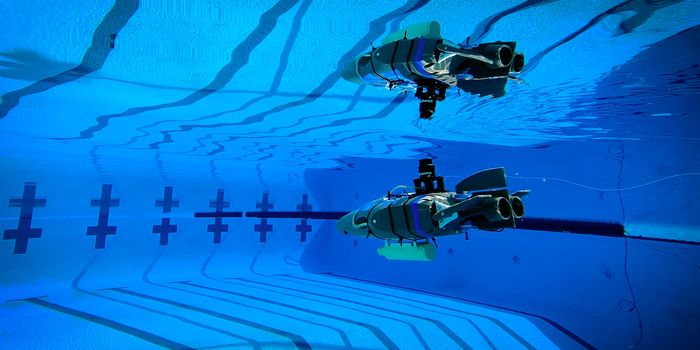Navigation Doppler Lidar: Revolutionizing Lunar Landing
Landing on planetary bodies is both risky and hard, and landing humans is even riskier and harder. This is why technology needs to be developed to mitigate the risks associated with landing large spacecraft on the Moon and other planetary bodies we plan to continue exploring, both in the near and distant future. This is what makes the Nova-C lunar lander from Intuitive Machines—which is scheduled to launch to the Moon on February 13 and also called Nova-C (IM-1)—so vital to returning humans to the Moon. One of its NASA science payloads will be the Navigation Doppler Lidar (NDL), which will serve as a technology demonstration for future landers to help them navigate risky terrain and land safely.
Image of the Navigation Doppler Lidar which will be a technology demonstration during the IM-1 mission. (Credit: NASA/David C. Bowman)
When NASA was landing robots on Mars in the 1990s and 2000s, they discovered that radar and radio waves were insufficient for accurate landing measurements, so the engineers had to come up with their own plan to land spacecraft on extraterrestrial worlds.
“The landers needed the radar sensor to tell them how far they were off the ground and how fast they were moving so they could time their parachute deployment,” Dr. Farzin Amzajerdian, who is the NDL project manager, said in a statement. “Too early or too late, the lander would miss its target or crash into the surface.”
Enter LiDAR (Light Detection And Ranging), which was developed by NASA engineers to accurately calculate velocity and distance to the surface and if any objects, such as boulders, could impede a successful landing attempt. NDL is a concept 20 years in the making, as Dr. Amzajerdian proposed it to NASA back in 2004. While NDL won’t be the official landing system for the Nova-C lander, as it will have its own landing system, this technology demonstration for NDL could pave the way for future landers to incorporate the landing technology.
How will NDL help future spacecraft land on other worlds in the coming years and decades? Only time will tell, and this is why we science!
As always, keep doing science & keep looking up!
Sources: Next Spaceflight, Intuitive Machines, NASA, National Oceanic and Atmospheric Administration









